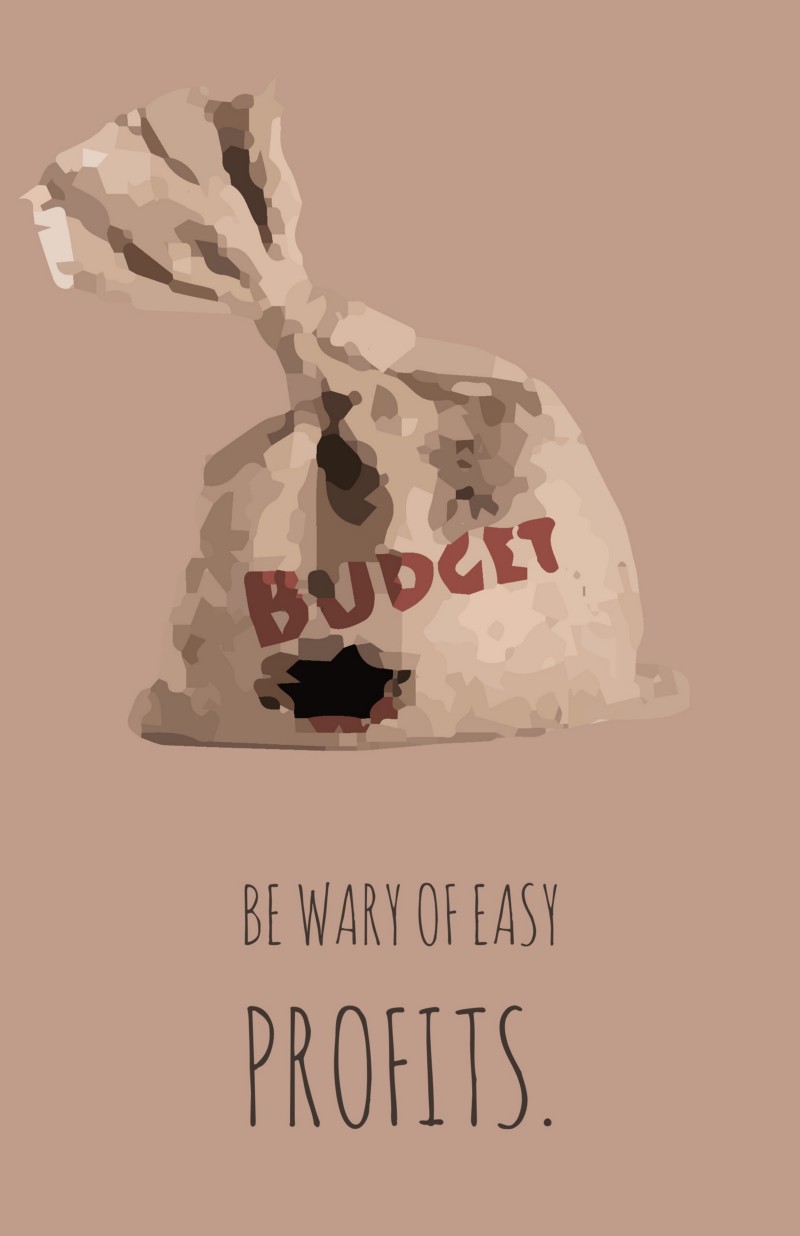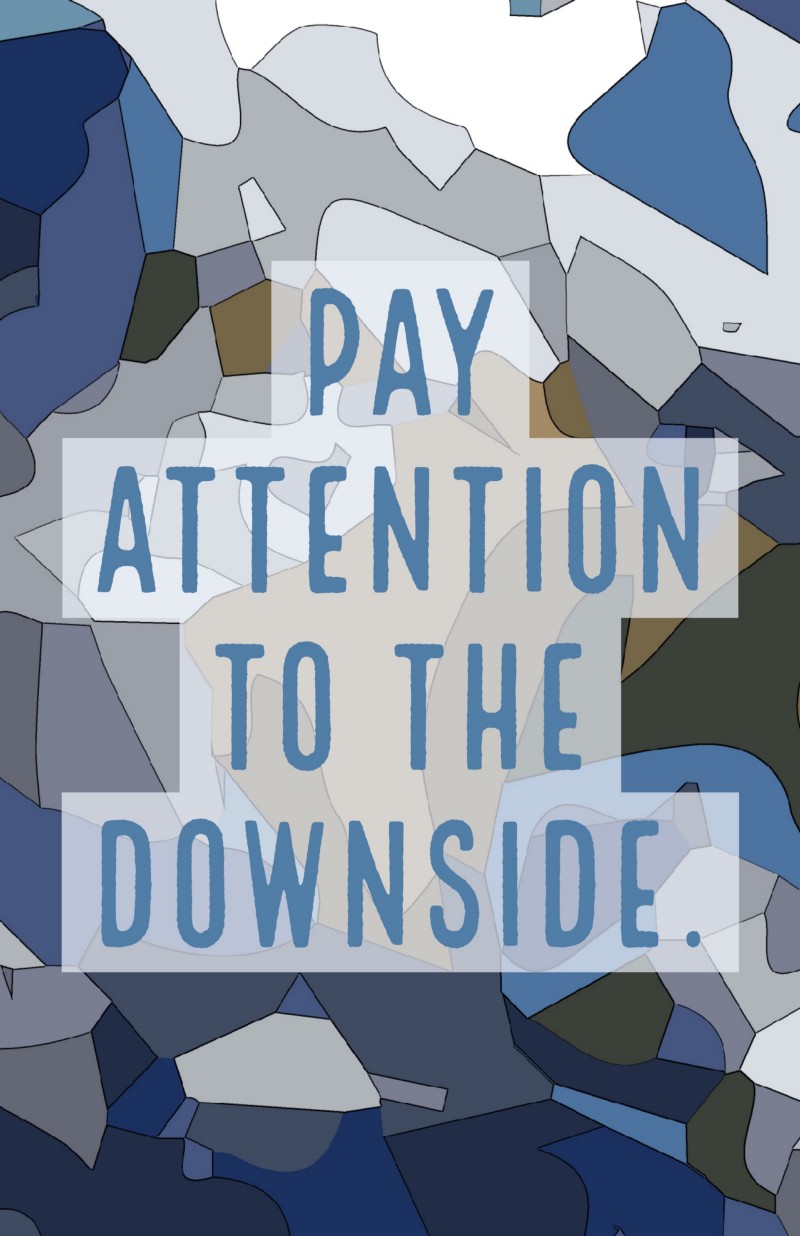
If I had a dollar for every meeting I’ve sat through where a team member felt that a product could best be served by the initiation of a pricing war with a competitor, I probably wouldn’t still be working in client services.
The truth is that private branding makes a sort of sense that’s hard for many client-side teams to ignore. When you can offer an adjacent line extension that can cash in on the benefit of the brand equity your team has worked hard to build, it can seem as though you’d be foolish to ignore the easy profits.

I think one of the best examples of this sort of reckless line extension might be the ease with which the major production studios began to adopt “direct-to-DVD” in the early 2000s.
When you can readily offer a product to a baked in audience, it’s hard to pay attention to downside you may not have to face for a few years.
If you walked into my shop and asked for a coupon campaign, the truth is, I’d probably laugh before I said anything useful. That’s why we agency types have to take some of the responsibility for the current state of a competitive landscape where it really feels like people care more about getting a “good deal,” than supporting “quality products.”

The reason for this is, that when you offer someone a discount you’re doing more than giving them a time-sensitive opportunity to “buy now!,” you’re communicating that the value of your product or service is fungible.
You can read textbook studies about department stores that learned the powerful consequences of demand shifting all too late. You might think your product is different, but you may then be surprised to discover the varied opinions surrounding a service like Groupon.

Discounting is a powerful tool, but much like private branding the source of the power is, in large part, the impact such positioning has on the perception of the consumer. In recent years you can observe a trend towards branding private labels. It is little doubt that such efforts stem in part from a desire to repair a perceived value issue.
From time to time, startups disregard powerful lessons like these because they come from the history of marketing. It doesn’t seem like running a sale on an in-app purchase can have any real impact beyond driving up sales one week.

The trouble with this is that it also tends to drive down sales the next week.
Before too long, a team is planning another sale. You have to do this to keep up, because your customers have come to learn that they shouldn’t take your first few prices seriously. They’ll get a better deal by waiting.

Before too long, you’re trapped in a pretty vicious feedback loop.
It’s hard to break out of. To tell you the truth, I can only think of a handful of people who have ever managed to pull it off.

That’s how powerful a perception of value can be.

Share this post
Twitter
Facebook
Reddit
LinkedIn
StumbleUpon
Pinterest
Email